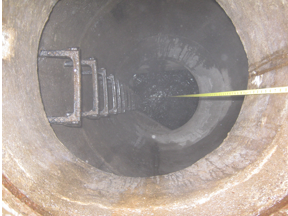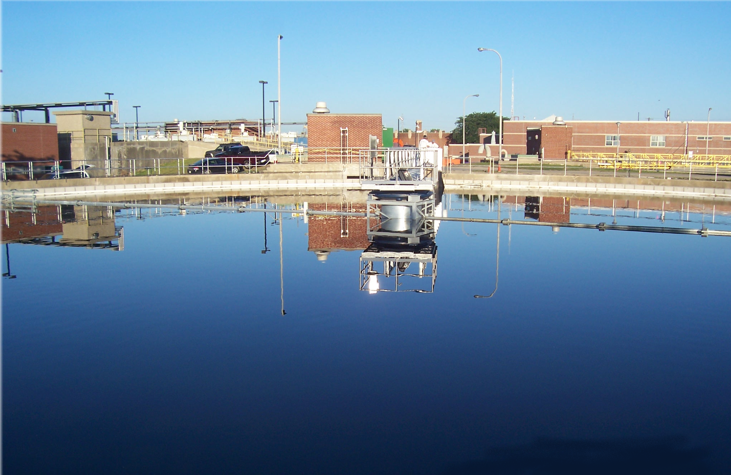More About Our Services
Solutions to your Challenges
More About Our Services
Solutions to your Challenges
CIVIL/SITE EXPERIENCE
ASI has extensive experience in providing design and construction phase services for civil engineering projects. ASI has prepared plat maps and plans for construction of roadways, sidewalks, drainage, watermains and sewers. Services during construction include resident engineering services, construction management, QA/QC inspection services, shop drawing review, preparation of as-built drawings, preparation of operation and maintenance manuals, training, witnessing factory and field acceptance tests, start-up, and reviewing change orders and claims. ASI has been responsible for coordinating the timing, budget, scheduling and interaction of the multiple disciplines needed for the successful completion of the project goals. ASI has performed planning, permitting, design, services during construction, testing and regulatory certification for projects.





DYE DILUTION TESTING
ASI has developed and applied specialty procedures to accurately measure liquid stream flow rates using dye-dilution testing techniques. The typical application for these procedures is in active sewers, but ASI has adapted this procedure for use in rivers and could easily adapt the procedure for other liquid flow streams such as water systems.
ASI has been dye-dilution testing to measure sewage flow rates since 1991. ASI first used dye-dilution procedures to measure the raw wastewater pumping rates at the Detroit Wastewater Treatment Plant. The eight raw wastewater pump discharge conduits at Pump Station No. 1 do not include flow meters and wet well level versus rate of pumping charts are used to estimate pumping rates. The rate-of-pumping charts have been updated by ASI on three occasions since 1991 using dye-dilution testing.
SURGE MODELING
ASI is a consulting engineering firm with a national reputation in computational hydraulic modeling including the simulation of hydraulic transients in pipelines such as CSO tunnels, storm sewers, relief sewers, forcemains, and water transmission pipelines. ASI has analyzed surges in numerous existing and proposed CSO tunnels, relief sewers, forcemains and storm sewers and has developed operational control strategies and designed surge control facilities for these systems. ASI has developed a specialized state-of-the-art computational hydraulic program named the “Transient Analysis Program” (TAP) that is ideal for analyzing surges. TAP is the most straightforward and cost-efficient tool available for the analysis of surges. TAP was developed from 2000 to 2006 with assistance from the professors and graduate students at the University of Michigan. TAP is an established and user friendly program that has been peer reviewed, accepted, checked against laboratory surge test data, and in use since 2000.
WATER RESOURCES EXPERIENCE
ASI prepares watershed plans and has extensive experience in drainage area delineation, hydrologic, hydraulic, and water quality modeling, measuring stream flow, stream sampling, and performing stream bank, outfall, and sediment surveys. ASI has led the development of a suite of hydrologic, hydraulic, and water quality models as part of the Rouge River National Wet Weather Demonstration Project (RRNWWDP). ASI has modeled the quantity and quality of flow from CSO and strom water systems in the Rouge River watershed.
ASI has developed and applied models of the Pebble Creek watershed as part of the RRNWWDP to evaluate existing conditions, flow control alternatives and best management practices (BMPs) that would improve water quality and reduce peak flow rates. ASI performed a study of the Franklin Subwatershed of Oakland County to identify flooding, stream bank erosion, sedimentation, and non-point source pollution problems. ASI performed a study of the Carpenter Lake dam, and prepared plans for its rehabilitation.
Past watershed projects include watershed modeling, wetland and detention pond design and retrofit, and stream bank erosion correction projects. In addition, ASI are experts in performing floodplain studies and obtaining floodplain permits.
WATER SUPPLY EXPERIENCE
ASI has extensive experience in the planning and design of water transmission facilities for the GLWA and other clients. ASI has created and used hydraulic models of the water transmission and distribution systems for DWSD, Sumpter Township, and the City of Pontiac. ASI has prepared and utilized hydraulic models of water transmission and distribution systems for master planning studies and designs. In addition, ASI has extensive experience in evaluation of hydraulic transients (surges and waterhammer) that can occur in pipelines. ASI has developed a state-of-the-art computer program that is used for this purpose and ASI is recognized nationally for this expertise.
ASI has designed water metering and pressure reducing valve (PRV) stations, booster pumping stations, large and small diameter water transmission/distribution pipelines (with ductile iron and concrete pressure pipes), blow-off and air entrance/relief valve facilities, new water treatment plant facilities, and improvements to water reservoirs and pumping stations. ASI has inspected construction work at water treatment plants such as the new City of Detroit Water Works Park II plant, and at reservoirs and booster stations.





WASTEWATER EXPERIENCE
ASI has developed and applied hydraulic models of the Detroit, MI WWTP (1700 MGD capacity) that were used for numerous improvement projects from 1987 to the present involving primary, secondary, sludge, raw wastewater and intermediate lift pumping, screened final effluent and outfall systems. ASI has also developed and applied hydraulic models of the Wayne County Downriver WWTP (Wyandotte, MI), and numerous CSO storage, treatment, and transport facilities. ASI is a key player in the continuing development and application of the Greater Detroit Regional Sewer System (GDRSS) model of the regional wastewater collection system that serves nearly 4 million people. This model has been and continues to be used for planning CSO projects in the region.